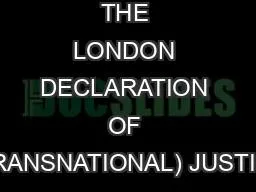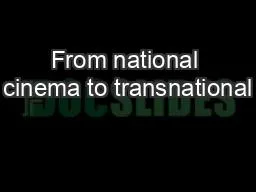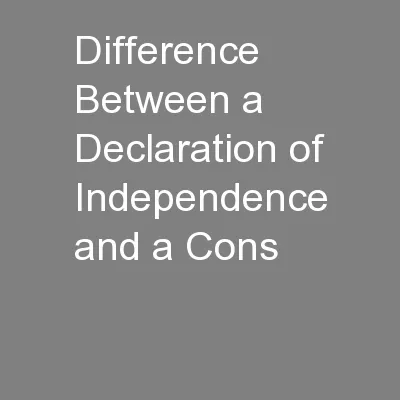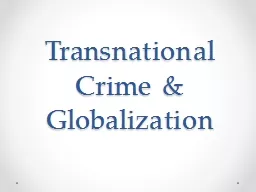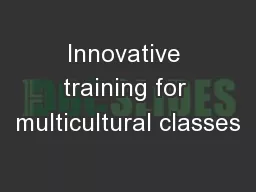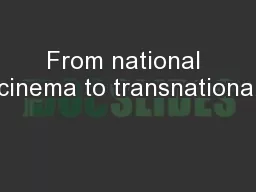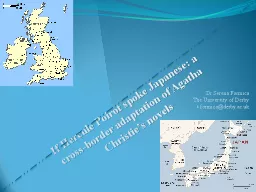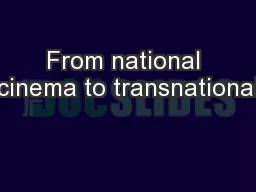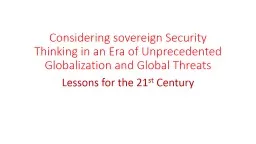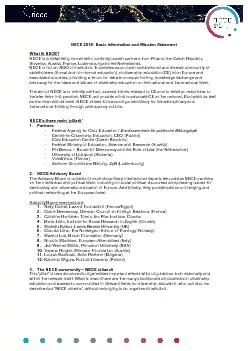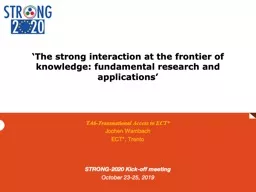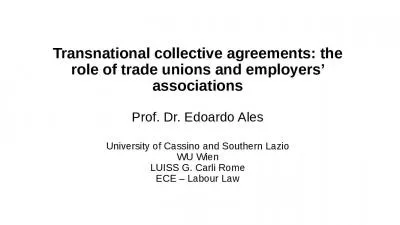PPT-THE LONDON DECLARATION OF (TRANSNATIONAL) JUSTICE
Author : jideborn | Published Date : 2020-06-22
A Collective Manifesto Developed at the Transnational Law Summit 1013 April 2018 Presented by the KTLS18 Programme Committee Questions so many questions Answers
Presentation Embed Code
Download Presentation
Download Presentation The PPT/PDF document "THE LONDON DECLARATION OF (TRANSNATIONAL..." is the property of its rightful owner. Permission is granted to download and print the materials on this website for personal, non-commercial use only, and to display it on your personal computer provided you do not modify the materials and that you retain all copyright notices contained in the materials. By downloading content from our website, you accept the terms of this agreement.
THE LONDON DECLARATION OF (TRANSNATIONAL) JUSTICE: Transcript
Download Rules Of Document
"THE LONDON DECLARATION OF (TRANSNATIONAL) JUSTICE"The content belongs to its owner. You may download and print it for personal use, without modification, and keep all copyright notices. By downloading, you agree to these terms.
Related Documents

